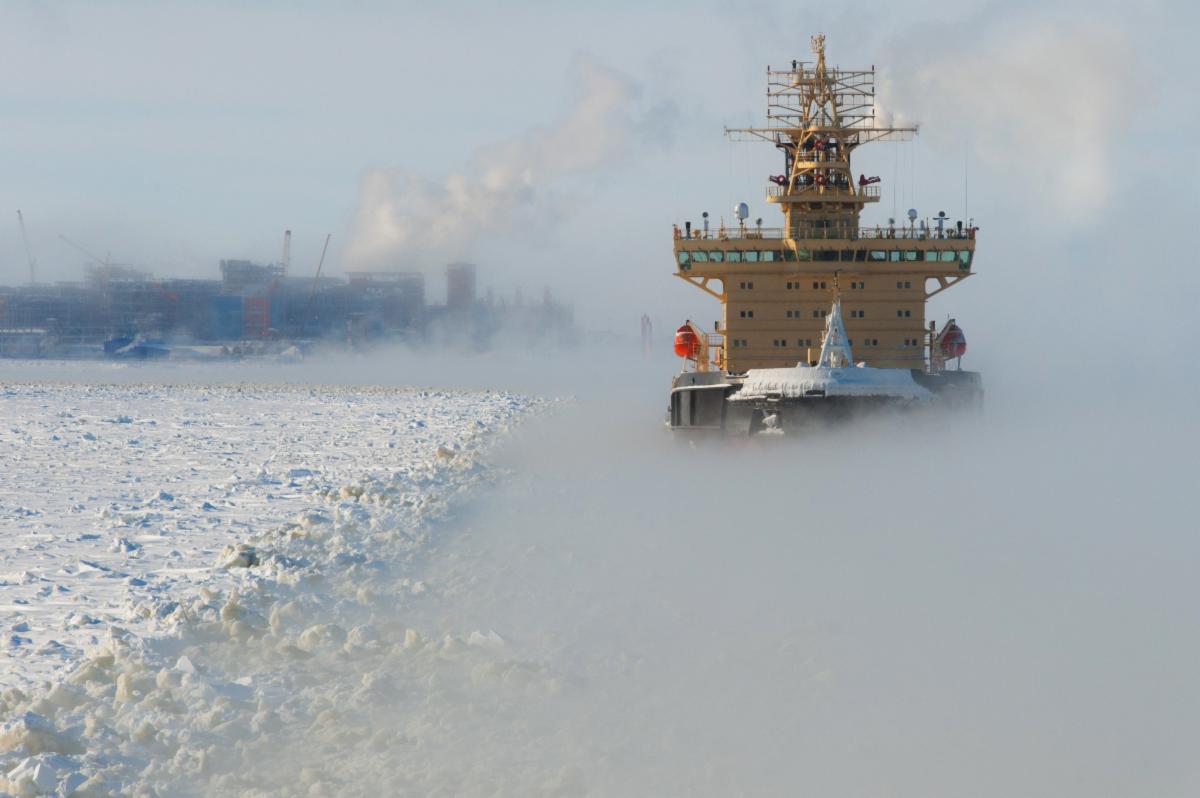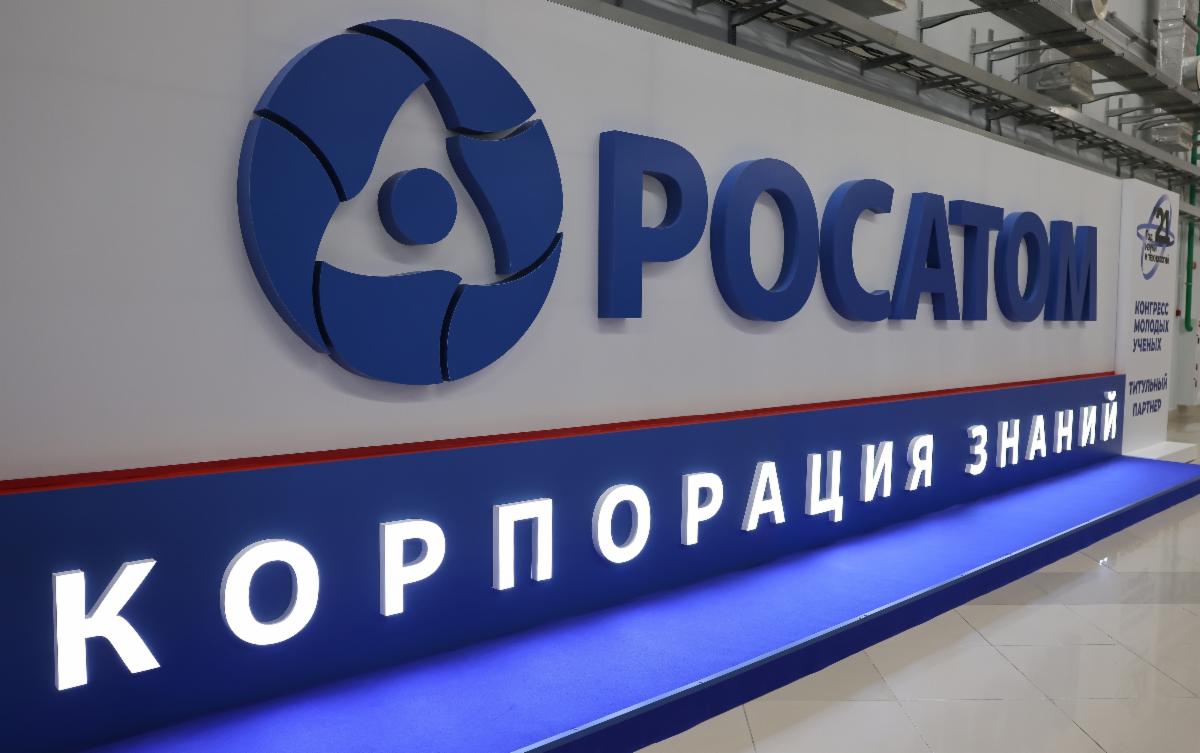Russian Energy Update – September 22, 2023
Russian Energy Update – September 22, 2023
Want to receive future energy updates? Subscribe here.

Spanish official: EU has no immediate plan to bar Russian LNG purchases after 40% increase in buys since Ukraine invasion
On September 8, Spain’s energy minister stated that the EU had no immediate plan to ban LNG imports from Russia due to ongoing energy insecurity and price shocks in EU member states. The comments came after an environmental NGO reported that the EU bought 40% more LNG from Russia over the first seven months of 2023 than during the same period in 2021, adding 22 million cubic meters (due to LNG’s highly-pressurized state, after regasification this converts to approximately 13.8 bcm of natural gas). Since Russia’s invasion of Ukraine, the EU has sought to reduce its reliance on Russian energy and diminish Russian energy export revenue, including bans on seaborne imports of Russian crude oil and refined oil products. Imports of Russian pipeline natural gas have declined by 81% (114 bcm) by early 2023, considerably more than its new LNG purchases.
Why it matters: The EU has succeeded in sharply decreasing its reliance on Russian oil and gas, particularly pipeline gas, albeit at significant cost. Increased Russian LNG imports highlight the practical limits to the EU’s short-term ability to sever its previously deep energy ties. Over time, however, the EU’s energy picture is improving.
Substantial reductions in EU imports of Russian pipeline gas, and lead times to build new pipelines from other possible supplier nations, have forced the bloc to rely much more heavily on LNG imports. The EU increased its LNG imports by approximately 62% in 2022, from 80 bcm in 2021 to 130 bcm in 2022, with the U.S., Qatar, and Russia accounting for 73% of LNG imports. The U.S.-EU LNG relationship has grown rapidly over the past year, with 64% of American LNG exports going to the EU and the United Kingdom. The U.S. and EU created a joint task force to increase the EU’s LNG imports within two months of Russia’s invasion.
Since then, Europe has turned increasingly to other neighbors, such as Algeria, for gas. Rapidly expanding EU import capacity may considerably exceed LNG demand as individual nations pursue their energy security goals. In December 2022, the EIA estimated that the EU + UK’s LNG import capacity would expand over 34% by the end of 2024, driven by plans to add or expand fourteen regasification plants. The Institute for Energy Economics and Financial Analysis reported in March that Europe projected to increase its LNG terminal capacity from 270 bcm (2022) to 400 bcm (2030), despite forecasts for EU LNG demand to range from 150-190 bcm by the end of the decade. This suggests that some current plans may be unsustainable.

U.S. enacts new Russia sanctions after possible violations
Analysis by High North News found EU companies had shipped LNG modules for Russia’s Arctic LNG 2 project with Western-based insurance, despite European Union sanctions established to block this. Two tankers owned by Netherlands-based Red Box Energy Services transported LNG modules from China to Russian ports via the Northern Sea Route, satellite imagery revealed. Under the EU’s 5th Sanctions Package (April 2022), the “supply, transfer, or export, directly or indirectly, goods and technologies” intended for LNG are strictly prohibited.
Three days later, the U.S. Department of State sanctioned thirty-seven entities involved in expanding Russia’s future energy production and export capacity, specifically targeting five companies involved with Russia’s Arctic LNG 2 project. Other sanctioned entities included metals, mining, and steel making companies, along with Russia’s third largest copper producer. Two Turkish companies were also sanctioned for their assistance to Russia’s JSC Northern Shipping Company.
Why it matters: The latest U.S. sanctions package is the third since May singling out Russia’s long-term energy potential. The U.S. and its G7 allies appear determined to find new ways to constrain Russia’s future projects, particularly in the Arctic, to minimize disruptions to their own energy security and to global energy prices that could result from more immediate economic restrictions. That isn’t to say the West’s near-term measures like the oil price cap have not impacted Russia; Moscow’s recent budget and inflation woes can be partly attributed to Russia selling oil at a discount due to the price cap and to its restricted access to Western financial institutions. Instead, the U.S. and it allies are attempting to curtail the Russian energy sector’s growth, and even its continuing maintenance, expecting that Russia has few alternate energy-related revenue sources. A recent EIRP paper on Russia’s Arctic ambitions highlighted the country’s challenges in meeting its Arctic energy goals.

Russia-India trade set to grow further?
On September 12, two of Russia’s largest banks, Sberbank and VTB, announced they would continue to improve their ability to convert rupees into rubles to alleviate payment concerns between India and Russia. Since Russia’s invasion of Ukraine, India has become the fastest growing market for Russian oil, which now dominates Russia-India bilateral trade. Currency conversion had been a major obstacle for Russian exporters, who struggled to repatriate payments from Indian customers.
Why it matters: By March 2023, India was importing 2.2 million barrels/day in oil from Russia, more than double its 2022 average of 0.9 mb/d, yielding estimated annual revenue of approximately $5 billion for Russia. Yet the surge in Russia’s earnings also expands India’s pre-existing trade deficit; in response, Delhi has sought to increase its exports to Russia, such as machinery. If India succeeds, it might build a much deeper economic relationship with Russia. At a time when the United States is courting India as a component of its wider strategy toward China, this seems set to create new challenges and frustrations for Washington.

Egypt’s nuclear regulator authorizes final reactor at the country’s first nuclear plant
On August 31, Egypt’s nuclear regulator granted its Nuclear Power Plants Authority a license to commence construction on the fourth and final unit of the El Dabaa nuclear power plant. The nuclear power plant, which would be Africa’s second commercial plant, will consist of 4 Russian VVER-1200 reactors (4.8 GW power capacity). As part of the 2015 agreement for the El Dabaa plant, Russia’s state nuclear company Rosatom agreed to supply nuclear fuel, train staff, provide maintenance oversight for ten years, and construct storage facilities for spent fuel. The plant is on track to help Egypt’s nuclear sector generate 9% of the country’s electricity by 2030. Currently, about 89% of its electricity comes from oil and gas, and the remaining 11% combined from hydroelectric dams, solar, and wind.
In recent months, Rosatom officials have signed multiple new nuclear cooperation and fuel agreements in Africa, with governments in Burundi, Ethiopia, South Africa, and Zimbabwe.
Why it matters: The construction of the El Dabaa plant will be a major accomplishment for Egypt, which has been pursuing the idea since the 1980s, and for Rosatom, which will create a new pillar in Russia-Egypt relations as well as a selling point across the region. Indeed, progress on El Dabaa may have encouraged some of Rosatom’s new African partners to work with the company.
The combination of low existing electricity access and rapid population growth puts heavy pressure on Africa’s governments to develop new electricity generation. Simultaneous diplomatic pressure to develop low-carbon energy may push many to consider nuclear. According to the World Nuclear Association, eight African countries recently completed provisional plans to establish nuclear power programs—and most have existing nuclear relationships with Russia. Others such as Namibia and Tanzania have pursued uranium mining with Rosatom’s cooperation.
Still, with declining energy revenue and increased defense spending, it’s less certain that Russia’s budget will allow Rosatom to continue to offer attractive nuclear energy financing. Also, general agreements don’t always yield completed nuclear projects. A 2019 Rosatom deal to build a nuclear science center in Rwanda fell through due to political concerns from Rwanda’s leading opposition party; in September, Rwanda signed an agreement with a German-Canadian firm to build a demonstration reactor by 2026 instead.
